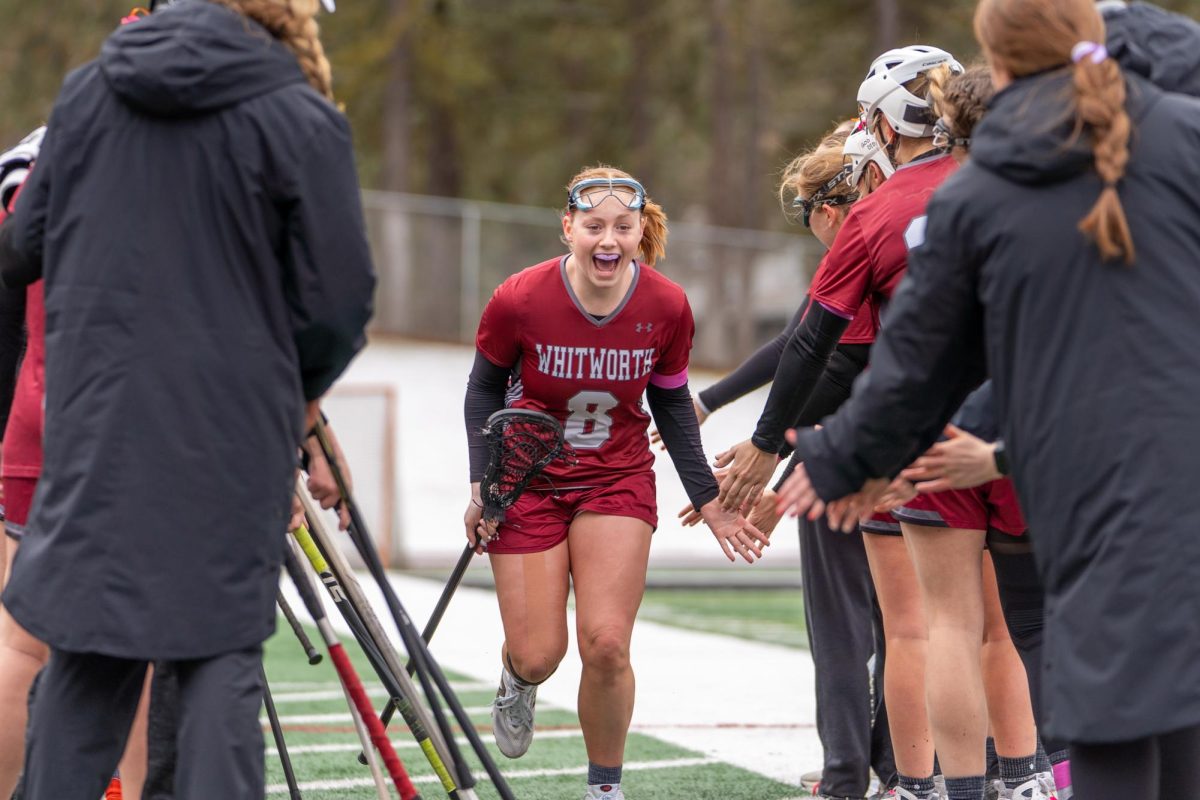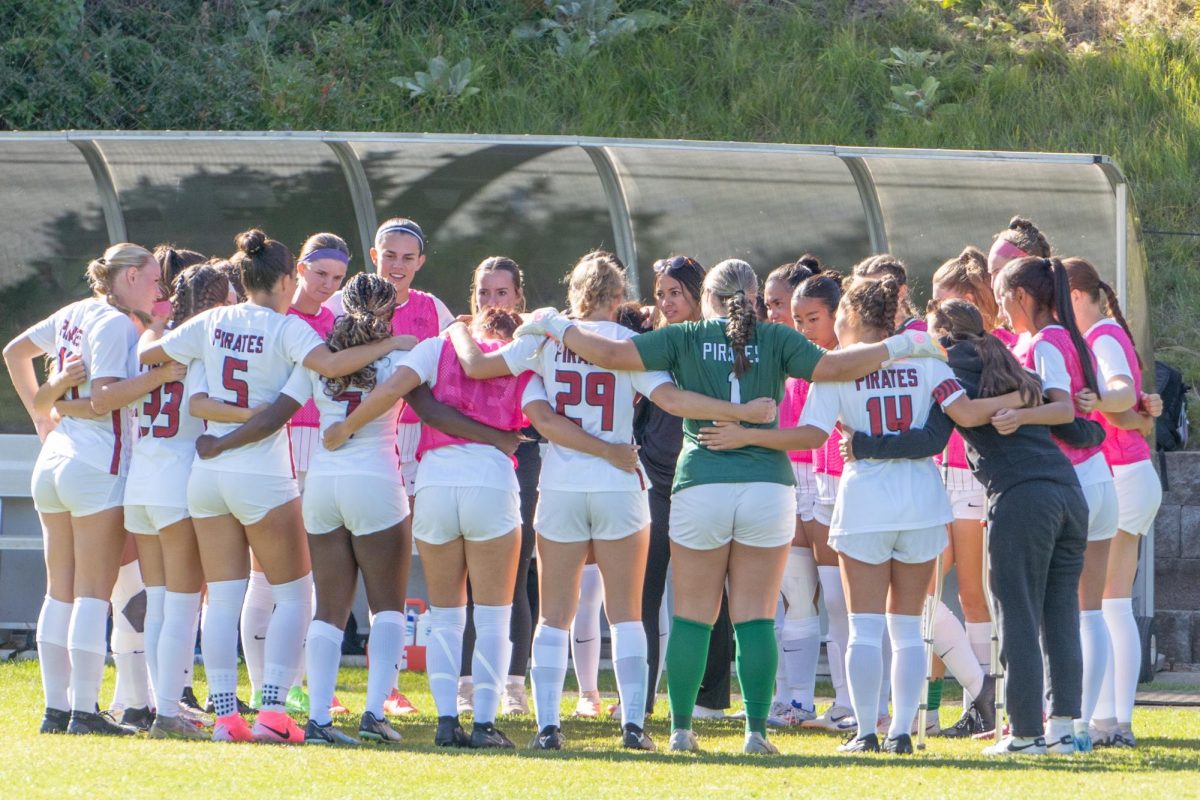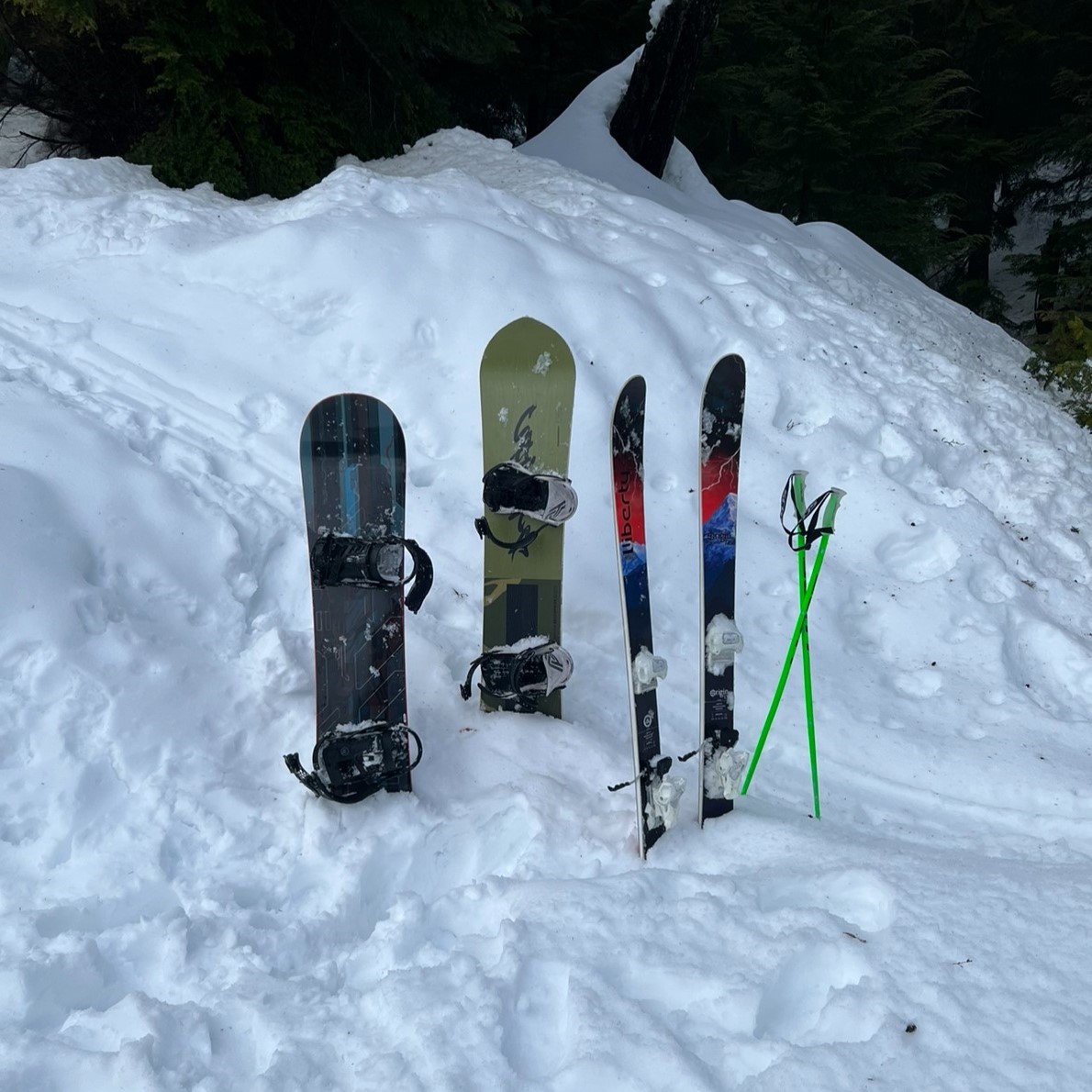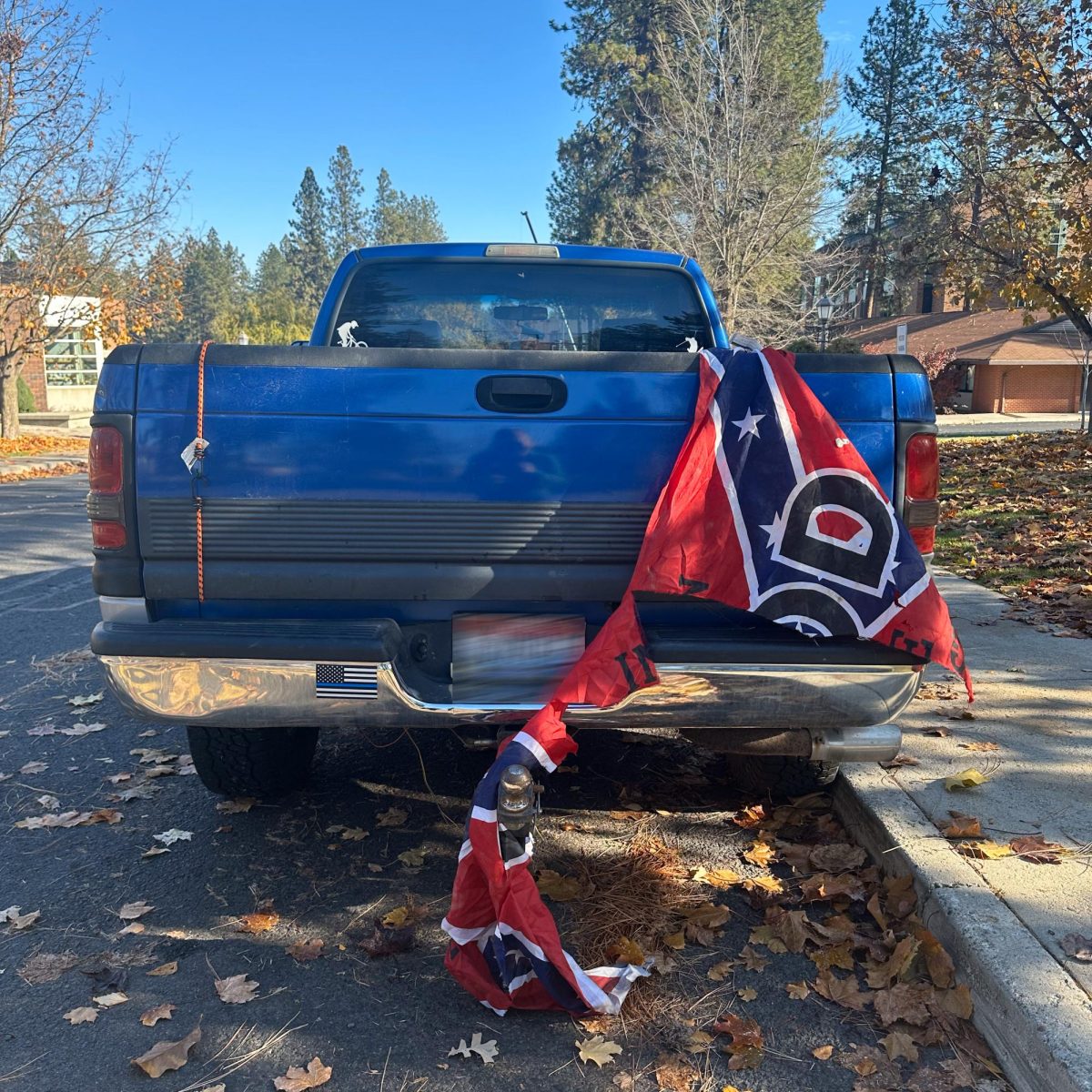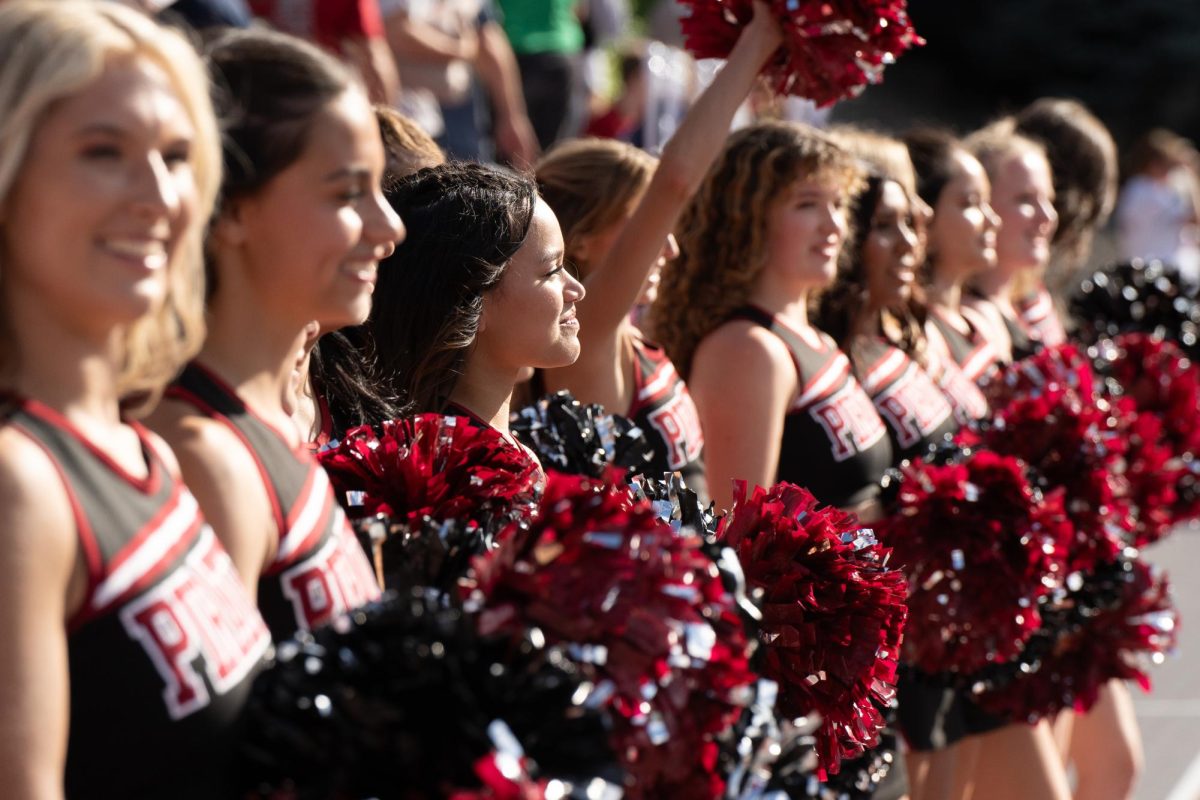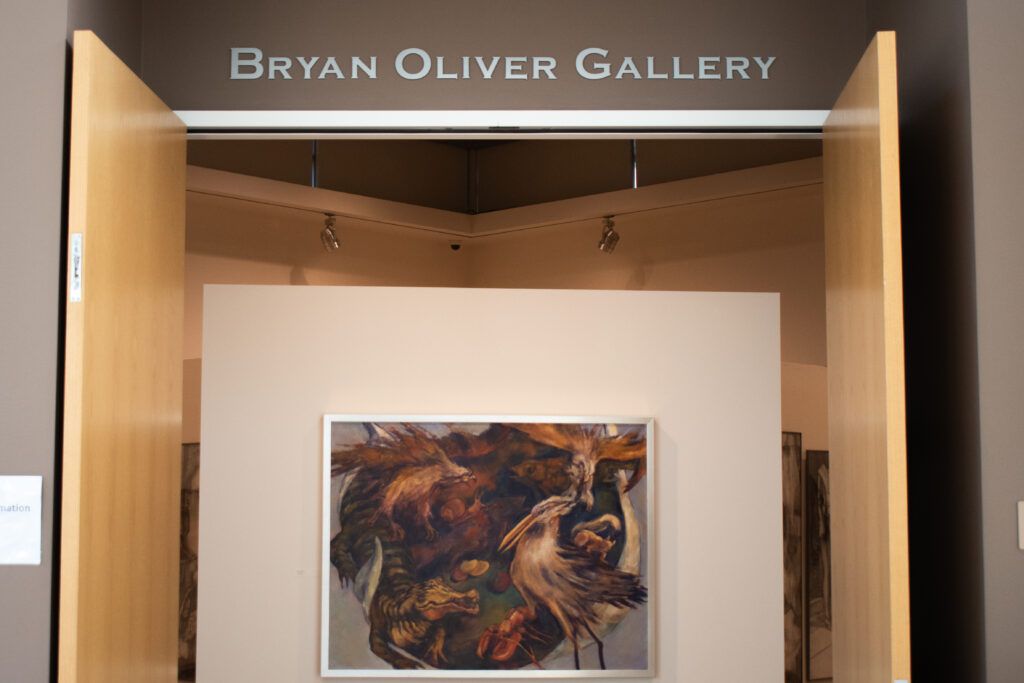
Whitworth University and Gonzaga University’s art departments demonstrate their engagement with the Spokane community through art galleries, museums, public performances and community events. Whitworth puts much effort into expanding their community engagement and outreach, but Gonzaga is currently in the lead regarding how much their fine arts department connects with the people of Spokane. Gonzaga’s monetary resources allow them to provide art students with more opportunities to engage with the community.
Each major at Whitworth has many community engagement opportunities, ranging from internships and networking events to volunteering and community service pertinent to their field of study. The fine arts department is no exception — the directors of the fine arts department work to provide each student with meaningful out-of-class opportunities.
These opportunities give students the chance to apply their theoretical knowledge to practical matters and learn to be active members of the community. Moreover, the experience readies them for what is to come after graduation.
“I think we can be in our little bubbles pretty easily, especially if you’re stuck in a studio, you know, and so [by] meeting fellow artists and other people, talking about your art [and] engaging your art, you learn more about yourself; you learn more about your own art process,” says Dr. Mathew Rude, chair of the arts department and professor of ceramics at Gonzaga.
“[The] beautiful thing about fine arts is that it is so community-driven,” says Zoe Johnson, a Whitworth freshman music education major. By engaging with the community, fine arts students get to display their work, utilize their skills in practical, real-world situations, and work to create a name for themselves, said Zoe.
To examine the effectiveness of Whitworth’s endeavors for community outreach in the fine arts department, it is helpful to compare Whitworth with Gonzaga, whose mission as a Jesuit university drives them to frequently engage in the community.
The Bryan Oliver Gallery at Whitworth’s Lied Center for the Visual Arts displays the works of students and various artists from outside of the university. “Over the course of the year we have three exhibits of artists from the community or from the region and then one exhibit of student work at the end of the year,” said Lance Sinnema, director of the Bryan Oliver Gallery. He adds that there are also “junior exhibits in the spring.”
The gallery is accessible to anyone, including visitors from the wider Spokane community. “People from the community come and experience the exhibit,” said Sinnema. This exposure to artists from the art community creates a link between the students of Whitworth and the community.
Art fairs, farmers markets and community galleries are some popular spots for art students to present their work in the community. For example, Johnson displayed her art at the Terrain show at the start of this academic year. “I feel like Spokane has a lot of opportunities,” she said.
Whitworth is not alone in their effort to host art for the community. In reference to Gonzaga’s Jundt Art Museum, “they have a museum; we have a gallery,” said Sinnema.
Gonzaga’s Jundt Art Museum has two shows during the school year, one in spring and one in fall. The upcoming 2024 spring show will be the faculty exhibition. At the museum’s exhibits, one would usually find collections of work from various collectors in town. Students do not get the chance to display their work in the museum, however, they are given another option.
In addition to the Jundt Art Museum, Gonzaga has a smaller gallery on campus called the Shoebox Gallery where students can freely use the space for artistic projects, whether for their classes or personal creative satisfaction.
The Senior Thesis Art Exhibition, another opportunity for Gonzaga students, takes place at the Gonzaga University Urban Arts Center, “a very beautiful gallery space that we share with music, theater and dance,” said Rude. In February, Gonzaga plans to organize a student show to which they invite Whitworth University, Eastern Washington University, Spokane Falls Community College and other schools in Idaho.
While Whitworth has fewer art buildings, the art professors still put effort into keeping students updated about things that are happening in the art community. “We push students to go to openings; we tell them about opportunities and lectures. We also have an opportunity for our students to sign up to have a critique or an interaction with the artists [from the lectures]. If students are interested in displaying their work, there are places that we point them to,” says Sinnema.
Whitworth’s community focus is not concentrated to Bryan Oliver Gallery or the art and design department. Sydney Anderson, a Whitworth junior with a double major in English and theatre, spoke about theatre professor Chris Hansen. “Chris Hanson is really connected to a lot of Spokane theatres and the community theatres, and he’s really great at letting us know about opportunities and kind of letting us know that there’s theatre outside of college,” said Anderson.
Attesting to the out-of-class interests of the music department as well, “[Lynne Feller-Marshall of the Whitworth music department] gives each of her students free tickets at some point to see the Spokane Symphony because she’s in it. And Dr. Richard Strauch, the wind symphony director, also managed to get a bunch of students free college cards to see this symphony, which is really cool, [being] connected with the local music scene,” said Johnson.
Gonzaga’s professors in the arts share similar sentiments.
“We have some new faculty that are excited to engage with the community,” said Rude. “Charles M. Pepiton in the theatre department has done several plays that are engaging the Spokane community. He did one on the top of Mount Spokane.”
Additionally, Gonzaga Assistant Professor of Art, Reinaldo Gil Zambrano, “does a lot with printmaking and interacting with different art organizations like Emerge or Terrain and working with the community to kind of make art in urban spaces,” said Rude.
Whitworth’s theatre department also organizes plays, but they usually take place on campus, in Cowles Auditorium, but anyone outside of the university can attend them.
“We have a lot of mainstage productions, and everyone is invited to attend. And we actually do a lot of promotions: we send out posters [and] we have a whole mailing list,” said Anderson.
Anderson was part of one of the more recent plays, “Much Ado About Nothing.” In addition to the play’s Whitworth performances, the production was performed for high school and middle school students from Spokane. “Some of our actors have actually done theatre in the community and they’ve done theatre outside of Whitworth fairly recently,” said Anderson.
Whitworth sometimes offers the class AR-315 Community Arts in Practice, which primarily focuses on teaching art students to engage with the community. Students painted a mural for this class a few years ago. Gonzaga has a similar class in which students have also painted murals around Spokane.
Rude emphasized the impact Gonzaga’s art students have made on the community through charity. “We’ve done some things with the house of charity, like going to serve food and coffee on Thursday evenings. We’ve also done Empty Bowls, a movement by artists to raise money for food-related charities to care for the hungry in the community,” said Rude. Students have also participated in Pots for Paws Ice Cream Special, in which they raised money for the Spokane animal rescue shelters.
Whitworth has fewer resources than Gonzaga to expend on community engagement and outreach in the fine arts department, said Sinnema. “I think we do a really good job with our sort of more limited resources,” said Sinnema. “I think we do a really good job of pulling in a variety of artists who challenge our students.” He also encourages his students to initiate more community engagement on their own. “As an artist, if you want to be successful, you have to be proactive,” he said.
“You drive around the city and see the markings of all the murals that we’ve painted; the outreach that we’ve done. I’d say Whitworth is the same way. I drive around, and I see all the murals that Katie [Creyts, a Whitworth art professor,] has done with her students and it’s wonderful. You know, it’s really cool that we’re all out there engaging our community,” said Rude.

